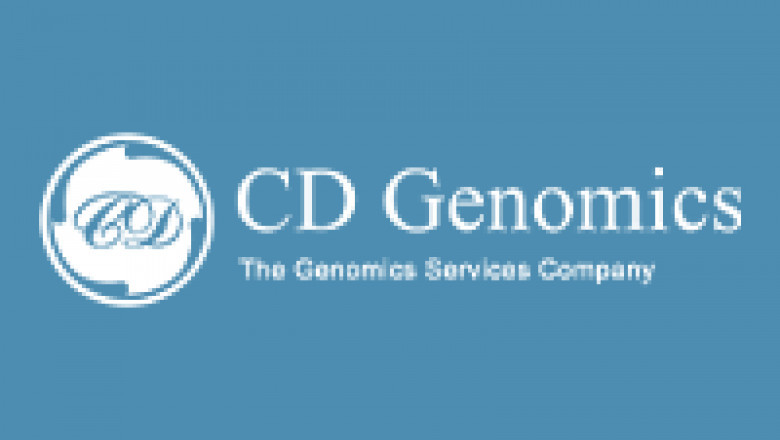views

Single-nucleotide polymorphisms (SNPs) are a kind of DNA polymorphisms caused by single-nucleotide variants in both coding and non-coding regions, which are the most common and smallest variants. There are more than 3 million SNPs in the human genome with an average of 1 in 500-1000 base pairs. SNP microarrays are capable of detecting a large number of subtle DNA alterations and/or abnormal alterations related to chromosome copy number (aneuploidy) or chromosome structural rearrangements. In human species, SNP microarrays can simultaneously analyze all 23 chromosome pairs and can also be used to identify mutations in individual genes. In addition, SNPs can be used for genotyping, i.e., determining the proportion of each allelic variant combination at each nucleotide position.
The basic principle of SNP microarrays is similar to that of DNA microarrays, consisting of a high density of oligonucleotide probes immobilized on a solid specific surface. Nucleic acids consisting of complementary sequences present in the DNA sample are in the binding of target probes on the microarray. Quantification is then performed using a fluorescence-based method to establish the results. This enables the simultaneous detection of hundreds of genes. DNA microarray technology can be combined with PCR amplification of target genes to obtain highly sensitive results.
SNP Array in Clinical Diagnosis
Accurate identification and definition of genome aberrations can influence classifications of disease, patient risk stratification and clinical management options for a variety of genetic diseases, such as tumors. Traditional cytological genetic methods are standard methods for genome-wide assessment prior to methods such as karyotyping, among others. Karyotyping is commonly used to detect mutations such as copy number variants (CNVs), translocations or rearrangements of chromosomes. However, this approach has considerable limitations in terms of resolution. SNP microarrays, which allow the advantage of detecting known and unknown mutations with higher resolution and sensitivity, become a powerful tool for detecting genome-wide genetic changes with prognostic and/or predictive value.
Fusion forming microdeletions detectable by SNP microarrays can provide prognostic information about the risk of recurrence and the potential for targeted therapeutic options. Compared to whole genome sequencing and massively parallel sequencing (MPS) platforms, microarray technology is an economical, efficient and easy-to-use option for clinical diagnostics.
SNP Array in Agrigenomics Research
SNP-based genotyping has become a first-class approach in plant and animal breeding programs for genomic selection. A major advantage of SNP microarrays is that they can be flexibly designed to suit the purpose, with microarrays developed for the genomes of selected organisms or for reference genomes. In agricultural genomic research, SNP microarrays can be used to assess genetic polymorphism in unused varieties and to distinguish genomic variability. Researchers can identify candidate genes associated with economic phenotypes through microarrays optimized for specificity to aid in herd management and provide effective decision-making.












